Entry Type: Event
Cotter Expulsion of 1906
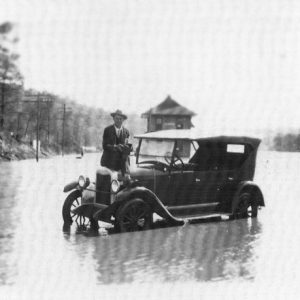 Cotter Flood
Cotter Flood
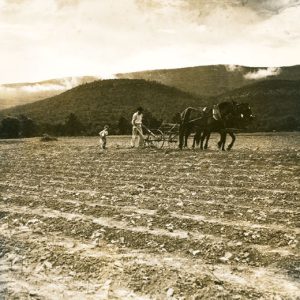 Plowing a Cotton Field
Plowing a Cotton Field
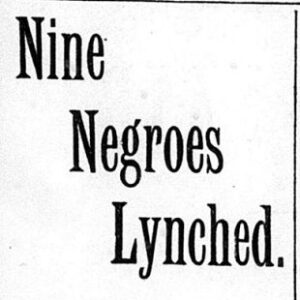 Cotton Pickers Strike Article
Cotton Pickers Strike Article
Cotton Pickers Strike of 1891
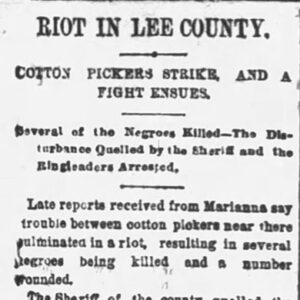 Cotton Pickers Strike Article
Cotton Pickers Strike Article
Cotton Plant, Affairs at
Cotton, John (Lynching of)
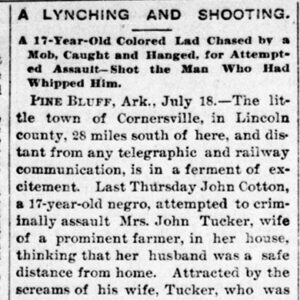 John Cotton Lynching Article
John Cotton Lynching Article
Covington, Riley (Reported Lynching of)
 Edward Coy Lynching
Edward Coy Lynching
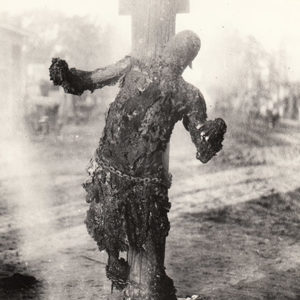 Edward Coy Lynching
Edward Coy Lynching
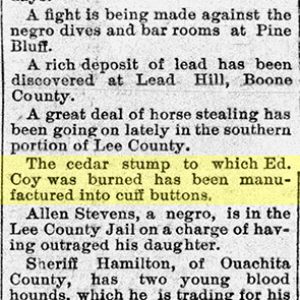 Edward Coy Lynching Article
Edward Coy Lynching Article
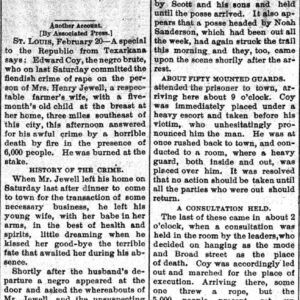 Coy Lynching Article (AP)
Coy Lynching Article (AP)
 Coy Lynching Article
Coy Lynching Article
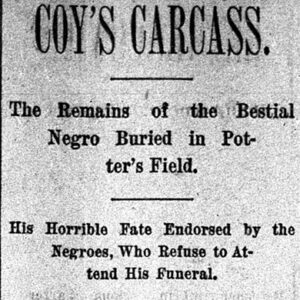 Coy Lynching Article
Coy Lynching Article
Coy, Edward (Lynching of)
Craighead and Lawrence Counties, Scout in
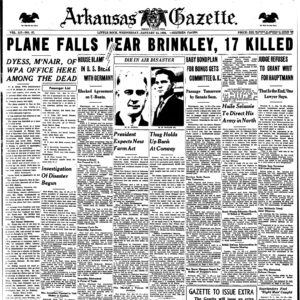 Crash Headline
Crash Headline
 Cooking Crawfish
Cooking Crawfish
Crawford County Executions of 1843
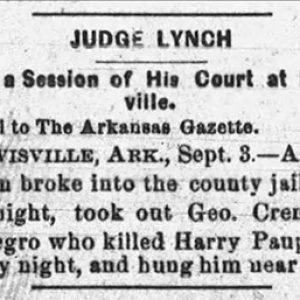 George Crenshaw Lynching Article
George Crenshaw Lynching Article
Crenshaw, George (Lynching of)
Crittenden County Executions of 1871
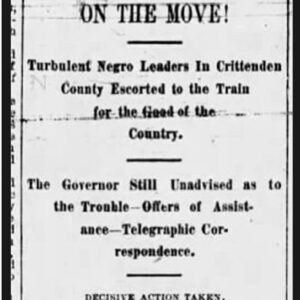 Crittenden County Expulsion Article
Crittenden County Expulsion Article
Crittenden County Expulsion of 1888
Crittenden County Lynching of 1840
Crooked Creek, Skirmish at
Cross Hollow, Skirmish at
Cross-Roads, Skirmish at
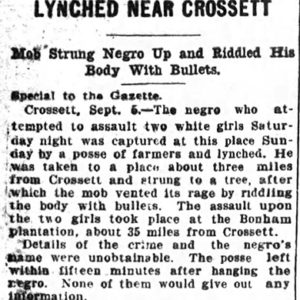 Crossett Lynching Article
Crossett Lynching Article
Crossett Lynching of 1904
Crossett Strike of 1940
Crownover (Lynching of)
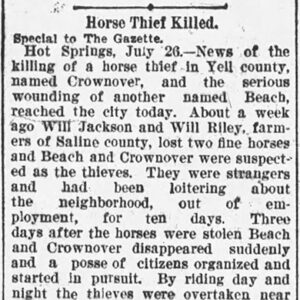 Crownover Lynching Article
Crownover Lynching Article
Crumpton, Boudinot (Execution of)
aka: Bood Burris (Execution of)
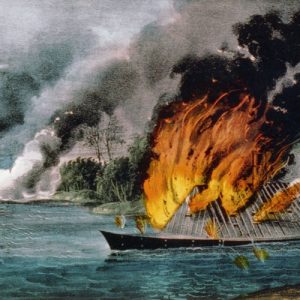 CSS Arkansas
CSS Arkansas
Cuban Refugee Crisis
Cude v. State
Culbreath, Lee Edward (Murder of)
Cummins Prison Break of 1940
Cummins Prison Strike of 1974
Cypress Creek, Skirmish at (December 1, 1864)
Cypress Creek, Skirmish at (May 13, 1864)
Daisy Bates et al. v. City of Little Rock
aka: Bates v. City of Little Rock
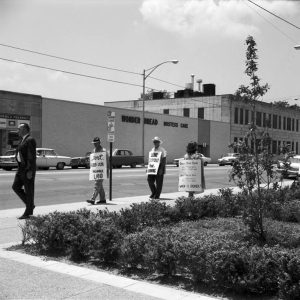 Dam Protesters
Dam Protesters
 Danville Lynching Article
Danville Lynching Article




